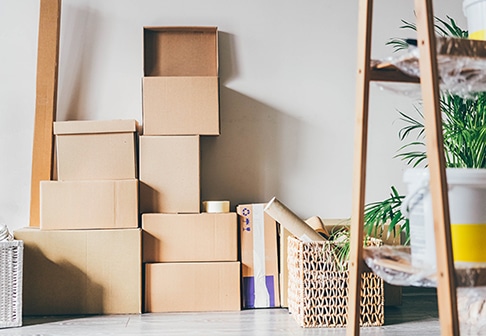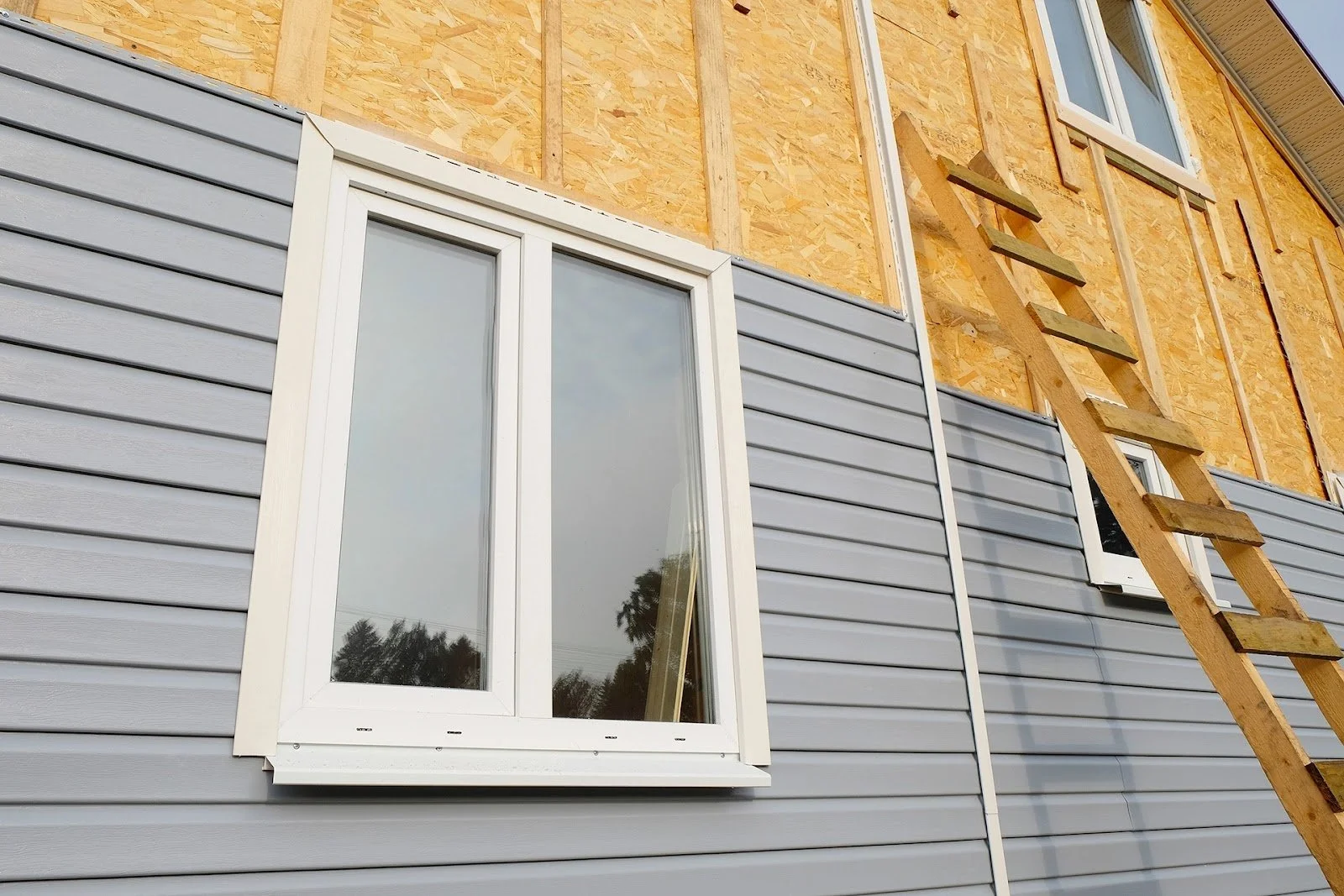
Moving to a new home can be both an exciting and daunting task. One of the most crucial elements of a successful move is selecting the right moving boxes. The type of boxes you choose can significantly impact the organization, safety, and efficiency of your move. In this comprehensive guide, we’ll explore the various types of moving boxes available, their specific uses, and tips for packing them effectively. With the right knowledge, you can ensure a smoother transition to your new home.
Understanding the Importance of Choosing the Right Moving Boxes
When planning your move, it’s easy to overlook the significance of moving boxes. However, the right boxes can make a world of difference in the moving process. Here are a few reasons why selecting the appropriate boxes is essential:
- Protection of Your Belongings: Properly chosen boxes ensure that your items are protected during transportation. Using the right materials and sizes reduces the risk of damage from shifting, crushing, or impacts.
- Organizational Efficiency: Different types of boxes can help you categorize and organize your belongings more effectively. This organization makes unpacking easier and allows you to find essential items quickly in your new home.
- Space Utilization: Choosing the right box sizes helps maximize the use of space in your moving vehicle, whether it’s a rented truck or a professional mover’s van. Efficient packing can reduce the number of trips needed and save time.
- Ease of Handling: Boxes designed for specific purposes can be easier to lift, stack, and transport, making the moving process less physically demanding.
Types of Moving Boxes
1. Standard Moving Boxes
Size: Standard moving boxes come in various sizes, typically ranging from small (1.5 cubic feet) to medium (3.0 cubic feet) to large (4.5 cubic feet).
Use: These versatile boxes are suitable for packing general household items such as clothes, books, kitchen utensils, and decorative items.
Tip: Use small boxes for heavy items like books and large boxes for lightweight items such as bedding and pillows. This will prevent boxes from becoming too heavy and difficult to lift.
2. Wardrobe Boxes
Size: Wardrobe boxes are tall, usually around 4 to 6 feet in height, with a hanging rod.
Use: These boxes are designed to accommodate clothing, allowing you to transfer items directly from your closet without folding. Ideal for suits, dresses, and other garments that need to stay wrinkle-free.
Tip: Use wardrobe boxes for seasonal clothing or items you want to keep easily accessible during your move.
3. Dish Pack Boxes
Size: Dish pack boxes are typically double-walled for extra strength and are around 5.0 cubic feet in size.
Use: These boxes are specifically designed to hold fragile items, particularly dishes, glassware, and other kitchenware. They often come with dividers to separate items for added protection.
Tip: Wrap each dish or glass in packing paper or bubble wrap before placing them in the box. Use dividers to keep them secure and prevent shifting during transit.
4. Heavy-Duty Boxes
Size: Heavy-duty boxes can vary in size but are typically larger than standard boxes, with a reinforced structure.
Use: These boxes are designed to carry heavier items such as tools, equipment, and large books. They are ideal for items that require additional support and strength.
Tip: Limit the weight in these boxes to around 30 pounds to avoid breaking the box or injuring yourself while lifting.
5. Small Boxes
Size: Small boxes typically hold around 1.5 cubic feet of items.
Use: Ideal for packing smaller, heavier items like books, tools, and collectibles. They are also suitable for packing kitchen utensils and bathroom items.
Tip: Because small boxes can become heavy quickly, it’s best to fill them with items that are small yet manageable.
6. Large Boxes
Size: Large boxes generally have a capacity of 4.5 to 6.0 cubic feet.
Use: Perfect for lightweight items, such as linens, towels, and clothing. Large boxes can help fill empty spaces in your moving truck.
Tip: Avoid packing heavy items in large boxes to prevent them from becoming difficult to lift and potentially collapsing.
7. Flat Boxes
Size: Flat boxes come in various dimensions, usually wider than they are tall.
Use: Great for packing artwork, mirrors, or any flat items that need protection. They can be used for larger picture frames or documents that you don’t want to bend.
Tip: Consider using corner protectors or bubble wrap for fragile items placed in flat boxes to prevent damage during transit.
8. Mattress Boxes
Size: Mattress boxes come in various sizes to accommodate different mattress dimensions.
Use: These specially designed boxes protect your mattress during the move. They are essential for keeping your mattress clean and free from tears or stains.
Tip: Ensure the mattress is dry and clean before placing it in the box. This will prevent mildew and odors during transport.
9. Storage Boxes
Size: Storage boxes come in a variety of sizes, often designed for long-term storage rather than moving.
Use: These boxes are perfect for packing items you don’t need immediately or want to keep for future use. They are typically sturdier and more durable than regular moving boxes.
Tip: Label your storage boxes clearly, so you know exactly what’s inside when you need to retrieve them later.
10. Specialty Boxes
Size: Specialty boxes vary in size and design, tailored for specific items.
Use: These can include boxes for electronics, bicycles, or even specific furniture pieces. They often come with custom foam or padding for added protection.
Tip: When packing electronics, make sure to keep all cables and accessories in a labeled bag or box to ensure nothing gets lost during the move.
Tips for Choosing the Right Boxes
1. Assess Your Needs
Before purchasing boxes, take stock of your belongings. Consider the types of items you’ll be moving and their respective weights and sizes. This will help you determine the right types and quantities of boxes you need.
2. Invest in Quality
While it may be tempting to use free boxes from stores or online marketplaces, investing in high-quality moving boxes is wise. Professional-grade boxes are more durable and designed specifically for moving, reducing the risk of damage to your belongings.
3. Buy in Bulk
If you’re hiring a moving company, inquire whether they sell moving supplies at a discount. Many movers offer bulk rates on boxes and packing materials, which can save you money in the long run.
4. Use Packing Supplies
In addition to boxes, consider purchasing packing supplies such as bubble wrap, packing paper, and packing tape. These materials will help protect your belongings during the move and can be essential for fragile items.
5. Label Boxes
Labeling your boxes is crucial for a smooth moving experience. Use a marker to write the contents and the room they belong to on each box. This will help you find items quickly when you arrive at your new home.
6. Consider Weight Distribution
When packing boxes, be mindful of weight distribution. Place heavier items at the bottom and lighter items on top to prevent boxes from becoming top-heavy and tipping over.
7. Maximize Space
When packing your boxes, try to maximize space by filling gaps with smaller items, packing materials, or clothing. This will reduce the number of boxes needed and help prevent items from shifting during transit.
8. Plan for Unpacking
Consider how you’ll unpack once you reach your new home. Pack essential items in clearly labeled boxes that you can access easily upon arrival. This will save you time and frustration during the unpacking process.
Conclusion
Choosing the right moving boxes is an essential part of a successful move. With various options available, it’s important to assess your needs and select boxes that provide the right protection and organization for your belongings. By understanding the different types of boxes and following the tips outlined in this guide, you can ensure a smoother, more efficient moving experience. As you plan your move, remember that having the right supplies and preparation can make all the difference in reducing stress and making your transition to your new home as seamless as possible. For more information and assistance with your move, consider reaching out to professionals like Removalist Melbourne CBD, who can help streamline your moving process and ensure your belongings arrive safely at your new location.




